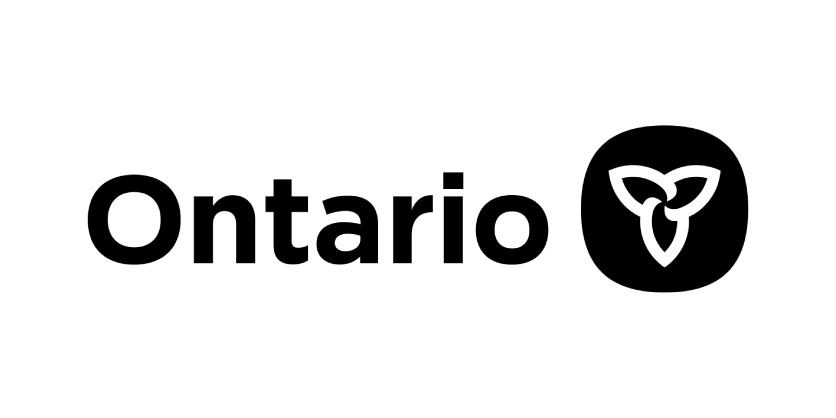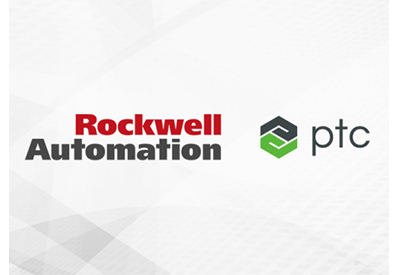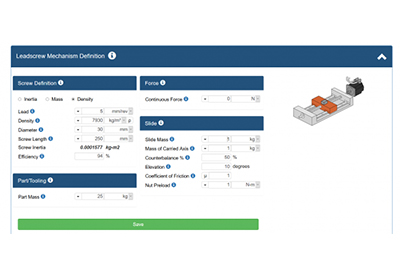Ontario Investing in Hydrogen to Fuel Province’s Growing Economy
Innovative projects will explore opportunities to expand the use of hydrogen as a clean alternative fuel
October 12, 2023

The Ontario government announced the first six projects that will receive funding through the new Hydrogen Innovation Fund, which will kickstart and develop opportunities for low-carbon hydrogen to serve as a clean fuel while strengthening the province’s reliable, affordable and clean electricity grid. The successful projects represent $7.5 million in funding and mark another milestone in the implementation of the province’s Low-Carbon Hydrogen Strategy, positioning Ontario as a clean manufacturing hub.
“Our government is leveraging one of our province’s clear strengths – our world-class clean, reliable and affordable electricity system – to make us a leader in the growing hydrogen economy,” said Todd Smith, Minister of Energy. “Today’s investments, which are part of our larger $15 million Hydrogen Innovation Fund, will kickstart new opportunities for hydrogen to be used as a clean fuel, creating new jobs and driving down emissions at the same time.”
In February 2023, Ontario announced it would establish a Hydrogen Innovation Fund that will invest $15 million over the next three years to kickstart and develop opportunities for hydrogen to be integrated into Ontario’s clean electricity system, including hydrogen storage. The first six recipients of the Hydrogen Innovation Fund, administered by the Independent Electricity System Operator, will focus on the opportunities for hydrogen to serve as a clean alternative fuel for transportation and other end-uses and include:
- Enbridge Gas in Markham is receiving $1,787,480 for North America’s first hydrogen driven Combined Heat and Power facility that can also blend hydrogen with natural gas to produce energy.
- Emerald Energy from Waste Inc. in Brampton is receiving $2,990,000 for a new facility that will produce hydrogen from waste to test its ability to provide electricity grid services and supply hydrogen to heavy duty vehicles.
- Carlsun Energy Solutions is receiving $1,891,400 for a new electrolyzer to test its ability to provide electricity grid services and supply a hydrogen fuelling station in Port Elgin.
- Carlsun Energy Solutions is also receiving $500,000 for its Goderich and Seaforth locations to study the feasibility of using off-peak electricity to produce hydrogen for power generation and ammonia for fertilizer.
- Kinectrics is receiving $250,000 to study the feasibility of integrating hydrogen production, hydrogen power generation and a hydrogen fuelling station.
- The University of Windsor is receiving $130,000 to research the potential of low-carbon hydrogen produced with wind to provide grid services and support the greenhouse sector.
“The potential for hydrogen as a clean fuel is tremendous – in addition to industrial and transportation uses, it can be blended into the natural gas pipeline to heat and power homes and businesses, said Andrea Khanjin, Minister of the Environment, Conservation and Parks. “We are building on the momentum and support for our province’s low-carbon hydrogen economy in the near term and into the future.”
“As Ontario explores pathways to achieve a low-carbon energy future, one of the fuels that shows considerable promise is hydrogen,” said Lesley Gallinger, President and CEO of the IESO. “The projects announced today will reveal crucial insights into how hydrogen electrolyzers can be integrated into Ontario’s electricity system while producing low-carbon hydrogen for other end-uses.”
These investments build on Ontario’s clean energy advantage as the government makes progress on the Low-Carbon Hydrogen Strategy that laid out eight concrete actions to make Ontario a leader in the latest frontier of energy innovation – the hydrogen economy.
Quick Facts
- By 2050, the hydrogen economy could create over 100,000 jobs across the province while reducing greenhouse gas (GHG) emissions by 50 megatonnes per year. This reduction in GHG emissions would be equivalent to about a quarter of Ontario’s 2005 emissions or removing 15 million cars off the road.
- Under the previous government, surplus electricity generation from Ontario’s nuclear and hydroelectric fleets was sold at a loss to competing jurisdictions. Ontario’s Low-Carbon Hydrogen Strategy will leverage that electricity for hydrogen production.
- Hydrogen is a versatile fuel that can be used for vehicles and industrial processes. Hydrogen can also be blended with natural gas in the existing natural gas distribution system while emitting little to no greenhouse gases or other pollution.
Quotes
“Enbridge Gas is excited we’ve been selected as a recipient of the Hydrogen Innovation Fund. Our groundbreaking project – the first of its kind in North America – will demonstrate the potential of using hydrogen, natural gas, or a range of blends, to power a Combined Heat and Power (CHP) system. The system can quickly switch between energy sources, making it a reliable and efficient way to reduce emissions. We are grateful for the support we’ll be receiving from the Hydrogen Innovation Fund and extend our thanks to the IESO and the Ministry of Energy for their vote of confidence in the project.”
– Michele Harradence, President of Enbridge Gas
Additional Resources
Independent Electricity System Operator (IESO)
Related Story
Ontario Launches Hydrogen Innovation Fund
The Ontario government is establishing a Hydrogen Innovation Fund that will invest $15 million over the next three years to kickstart and develop opportunities for hydrogen to be integrated into Ontario’s clean electricity system, including hydrogen electricity storage. This launch marks another milestone in the implementation of the province’s Low-Carbon Hydrogen Strategy, positioning Ontario as a clean manufacturing hub.






